Starting solids is an exciting milestone in your baby’s life. In this post I answer a lot of commonly asked questions about how, when and what to feed your baby when starting solids.
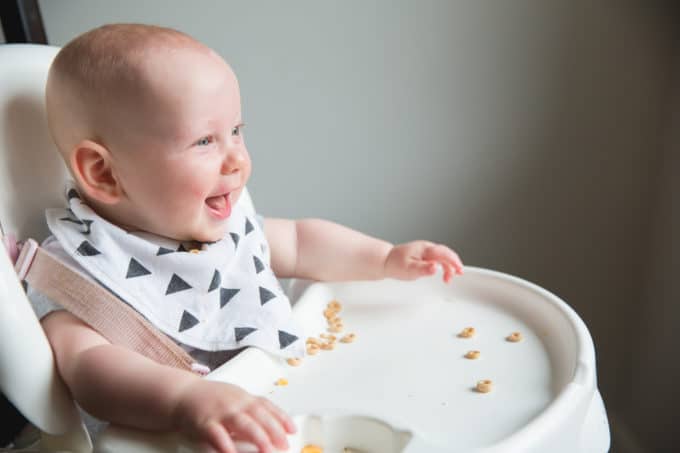
Starting solids is an exciting milestone in your baby’s life, but it can also be confusing, especially when you’re overloaded with conflicting information on how and when to do it.
Here’s what you need to know to get started!
You might be wondering things like:
- When to start your baby on solids (i.e, 4, 5 or 6 months old)?
- How to start your baby on solids (i.e., which foods)
- Are purees best? Or should you do baby-led weaning (soft finger foods) instead?
- Should you introduce iron-fortified rice cereal first?
- Should you wait a year to introduce allergenic foods?
- Which foods are choking hazards?
- How often should you feed your baby?
I get it – it’s confusing and a lot to take in!
Luckily, I know the most up to date infant feeding guidelines very very well. And because you’re a busy parent and might not have the time to read through the entire set of guidelines, I’ve highlighted the basics for you.
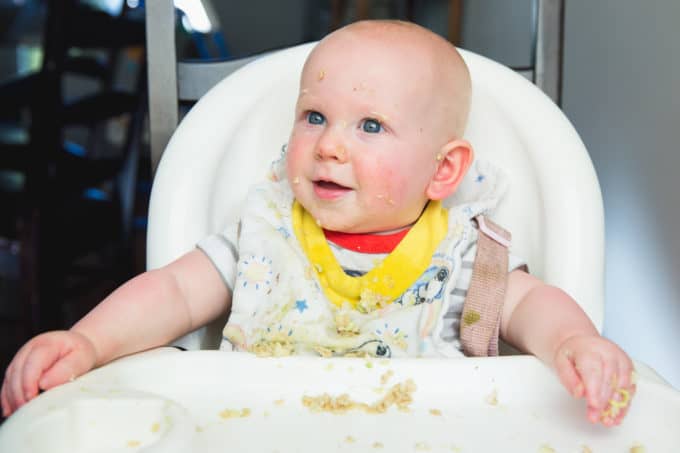
When to introduce solids:
It is recommended that real food be introduced around six months of age, as breastmilk (and/or formula) can provide 100% of baby’s nutrition up to that point. The WHO (World Health Organization) estimates that solid foods provide about one fifth of a baby’s energy needs from six to eight months and just under half of baby’s energy needs from nine to 12 months. Breastmilk and/or formula will continue to provide the bulk of your baby’s nutritional needs until one year.
Timing is important. You don’t want to start too early or too late. There is a “sweet-spot” window of opportunity around six months that seems to be the best time to start solids. To know when exactly to start between these ages, it’s important to pay attention to your baby’s cues and introduce solids when he/she is ready. There are important signs to look out for in this comprehensive guide to feeding your baby.
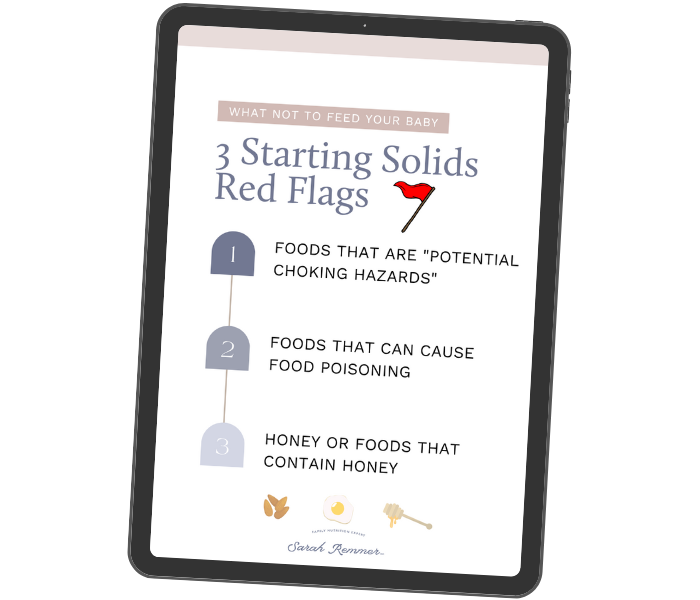
Starting solids? Don’t panic.
Starting solids is an exciting milestone in your baby’s life, but it can also be confusing, especially when you’re overloaded with conflicting information on how and when to do it. Download your free guide to starting solids and clear the confusion!
Why you shouldn’t start too early or too late:
A baby’s ability to manage and safely swallow solid foods is not developed before about six months (however, some babies are ready in their fourth and fifth month). This is partly due to the fact that her gag reflex hasn’t fully developed, putting her at an increase risk of choking. Her digestive tract has also not developed to the point of being able to digest the nutrients in real food either. On the other hand, starting later than six months (unless advised by baby’s pediatrician) might make the transition to real food more challenging and create picky eating issues. It also puts a breastfed infant at risk for iron-deficiency anemia. This is why baby’s first solid foods should be iron-rich.
How to start your baby on solids (i.e., which foods)
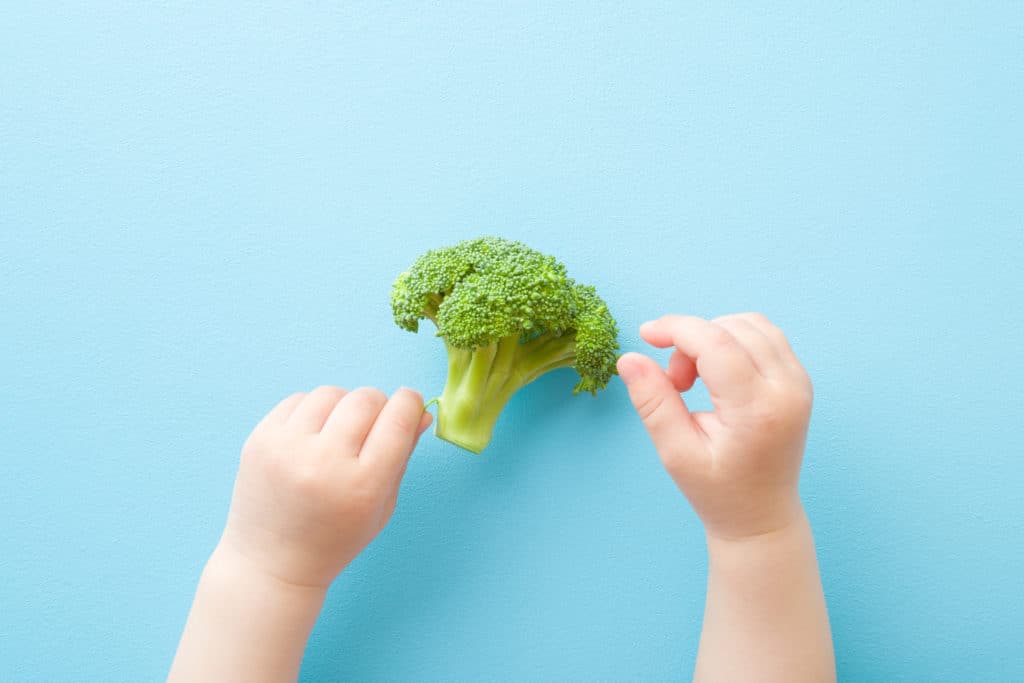
By six months, most babies are ready for a variety of food textures, ranging from thin purees to soft finger foods. It’s really up to the parent and their level of comfort. Some babies prefer to be spoon-fed purees at the start, while some prefer to dig into soft finger foods right at the get-go. I preferred to do a combo, myself.
You can experiment with various textures (lumpy, and tender-cooked and finely minced, pureed, mashed or ground) to see what your baby prefers best and even feed her a variety of textures daily. By nine months, your baby should be eating a variety of foods and textures and ideally participating in family meals! Family foods may need to be modified in texture for your baby (they need to be soft enough) and free of added seasonings such as salt.
Between eight and 12 months of age, babies develop a lateral movements of the tongue, enabling them to eat foods that are more solid and need chewing.
Because older babies quickly develop up and down jaw movements enabling them to “munch” (even without teeth), it’s not necessary to start with thin purees first (think infant cereal thinned out with breastmilk), like previously thought. In fact, there may be many benefits to starting with lumpier textures. Offering soft finger foods will encourage self-feeding (reaching out, grabbing and munching on food), which helps with oral motor development, and allows babies to be in full control of how much and at what pace they eat, which teaches them how to self-regulate their food intake.
Are purees best? Or should you do baby-led weaning instead?
There is no right or wrong. Learn what I have to say about choosing between spoon feeding or baby-led weaning.

Let your baby lead:
Regardless of which texture you start with, it’s important to let your baby lead. This means, either allowing her to self-feed and eat how much she wants (without coaxing her to eat more or taking food away when she’s not done), or paying close attention to her cues while spoon-feeding. Your baby will let you know when she’s done eating by swatting at the spoon, turning her head away, zipping her lips tightly, spitting food out, throwing food, whining or crying. Don’t make her eat more than she wants. Kids will eat when they’re hungry and stop when they’re full. Honoring those instincts may help them avoid overeating now and down the road.
Should you introduce iron-fortified rice cereal first?
Iron-rich foods should be introduced right from the get-go, as your baby’s iron needs increase around this time. Babies between six and 12 months of age should be offered iron-rich foods at least twice a day. Soft and tender pieces of meat or finely minced, ground or mashed cooked meat, de-boned fish, poultry, well-cooked whole egg, beans, and lentils are great first foods. Traditionally, iron-fortified single-grain cereal thinned out with breastmilk or formula was the gold-standard first-food for baby. Although it’s still a fine option, it is no longer the only starter-food option.
Vegetables and fruits can follow, in no particular order, as well as whole grain foods, natural nut and seed butters and pasteurized dairy products (with the exception of fluid cow’s milk). Between nine and 12 months, it’s safe to introduce homogenized cow’s milk (with a maximum of 750 mL per day).
What about introducing common food allergens?
We now know that delaying the introduction of common allergens such as eggs, nut butters and fish, isn’t necessary and that it is safe to introduce them as early as six months, even for babies at a high risk of developing a food allergy. In fact, early exposure to common allergens may even prevent allergies from developing!
Which foods are choking hazards?
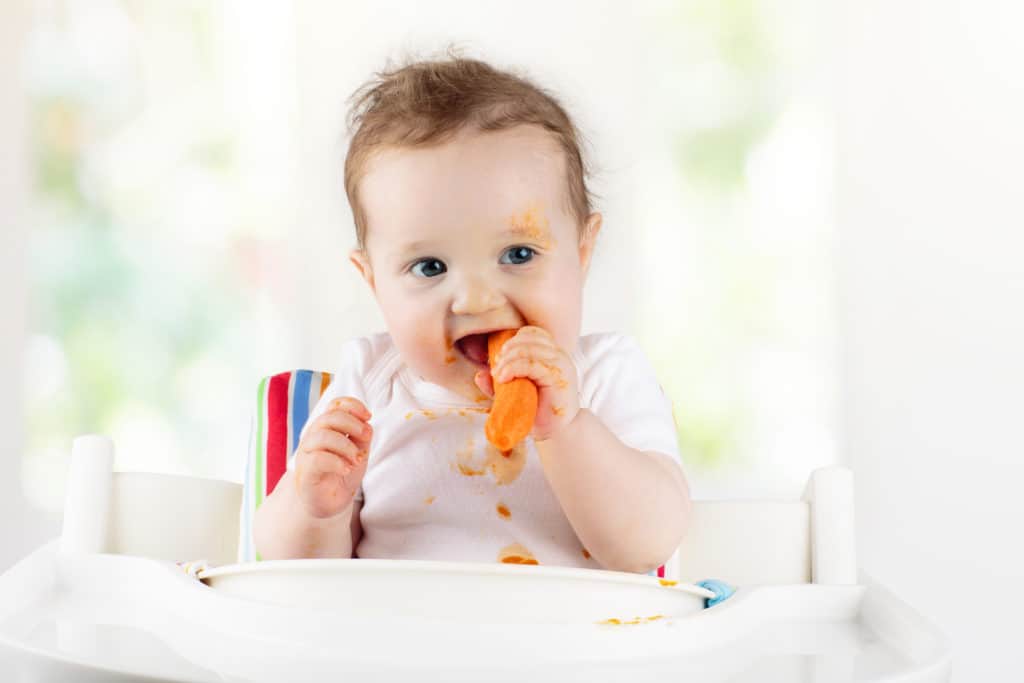
Hard, small, round foods, as well as smooth and sticky solid foods can block your baby’s airway. It’s recommended that foods such as hard candies, cough drops, gum, whole grapes, popcorn, marshmallows, nuts, fish with bones, hotdogs and sausages aren’t served to children under the age of four years. There are other choking hazards for baby to avoid and alternative ways to serve them you should be aware of.
Safe finger foods include: pieces of soft-cooked vegetables and fruits; soft, ripe fruit such as banana; finely minced, ground or mashed cooked meat, deboned fish, and poultry; grated cheese; and whole grain toast strips with a thin layer of butter or nut butter. These finger food recipes are also great. Letting baby self-feed in the beginning can get a little messy (which is ok!). Try these feeding mats for less mess.
How often should I be feeding my baby?
From six to eight months, parents should gradually work towards offering solid foods two to three times a day ( at mealtimes), and one to two snacks per day, depending on the baby’s appetite. Your baby’s appetite will vary from day to day depending on several factors such as:
- how they are feeling
- whether there are distractions present
- the time of day
- their breastmilk/formula intake
- whether or not they are going through a growth spurt
- the types of foods they are eating
Take the pressure off:
The first weeks and months of solid foods are supposed to be fun–it’s an experimental period where your baby is introduced to a wide variety of foods, flavours and textures so that he accepts them readily later on. Touching, licking, mushing, playing with, and even spitting foods out is all part of the process of learning to like new foods—it’s completely normal. Try not to get discouraged if your baby doesn’t eat like a champ right at the beginning. Be patient and keep introducing foods in a non-pressured way–he will learn to eat well in his own time and at his own pace. Happy feeding!
Additional resources on starting solids:
Your Top Questions about Introducing Solids, Answered
Baby-led Weaning: 5 Tips for Feeding Success
Choking and Baby-Led Weaning: 8 Tips for Prevent Choking
Milk For Babies and Toddlers: A Dietitian’s Helpful Guide
The Truth About Introducing Food Allergens to Baby
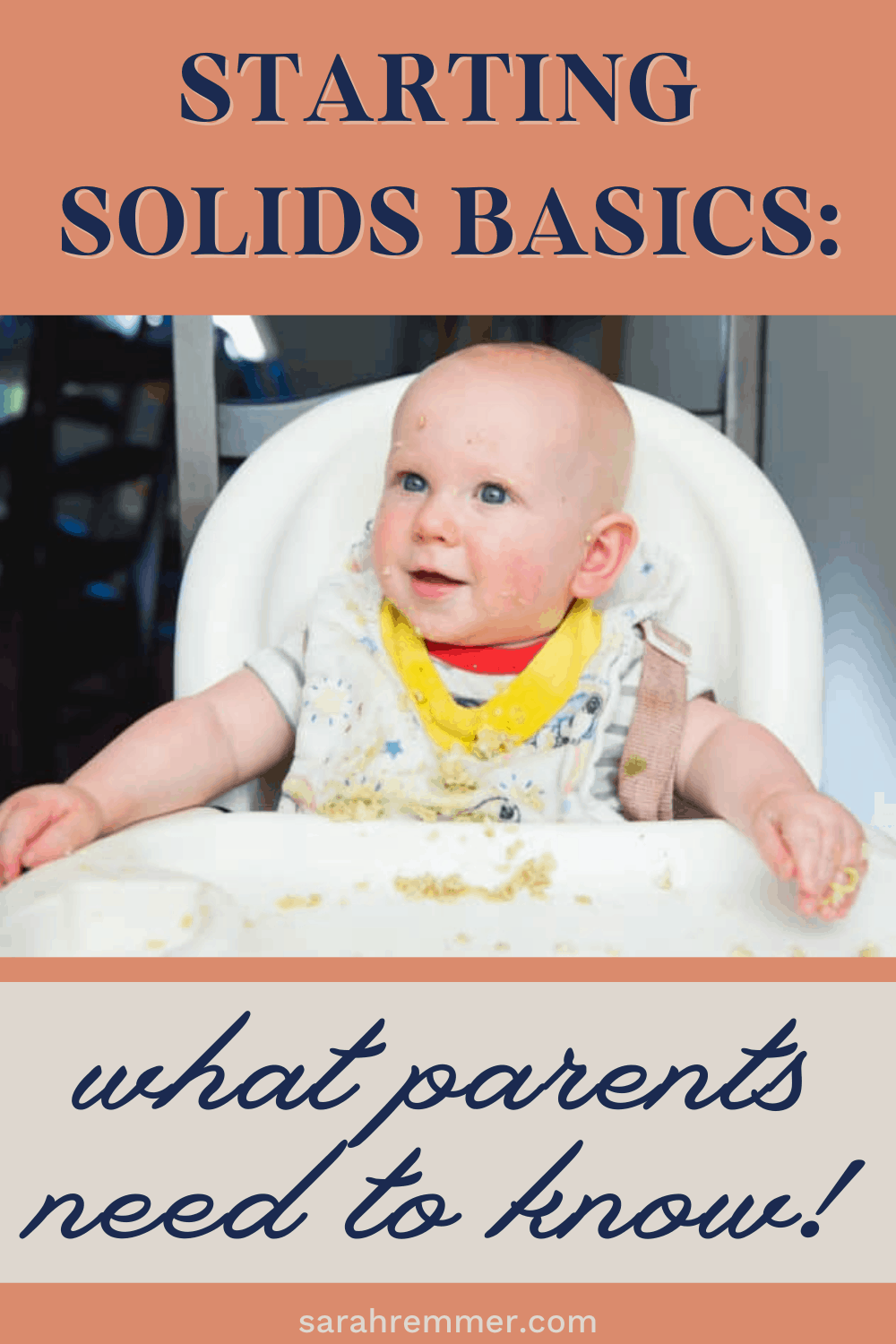
For free daily advice on nutrition for your little ones, follow Sarah on Facebook.


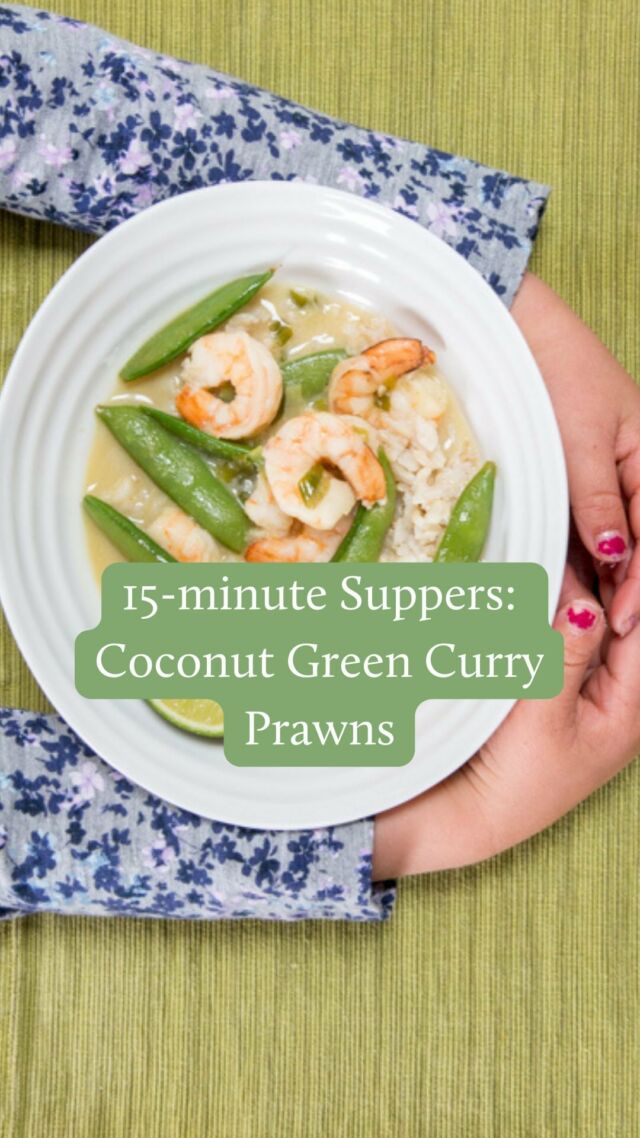
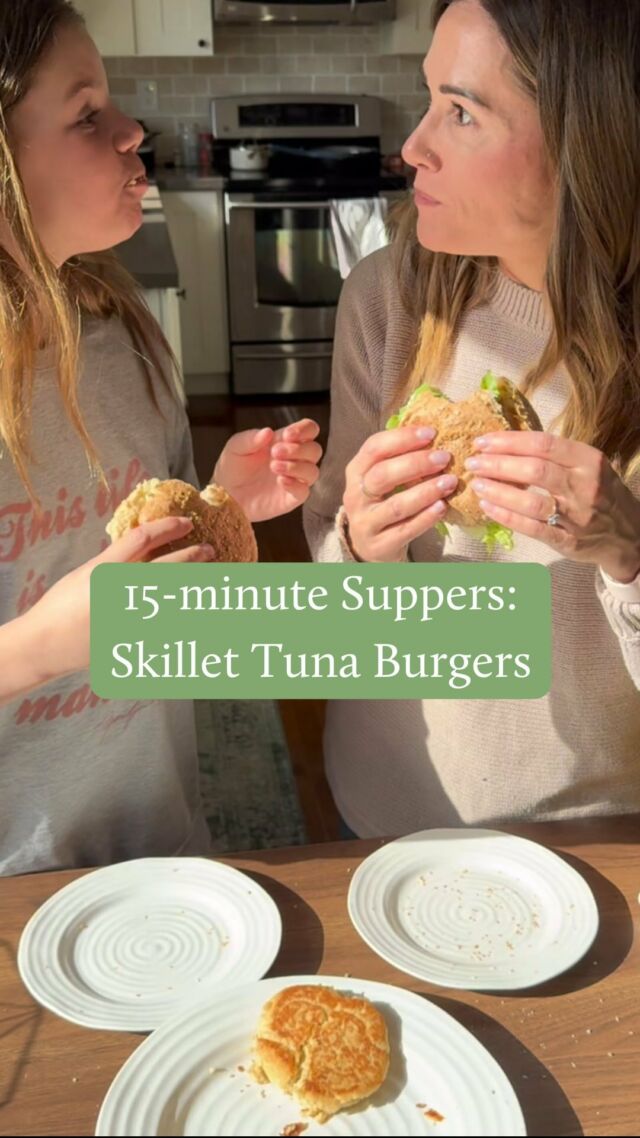
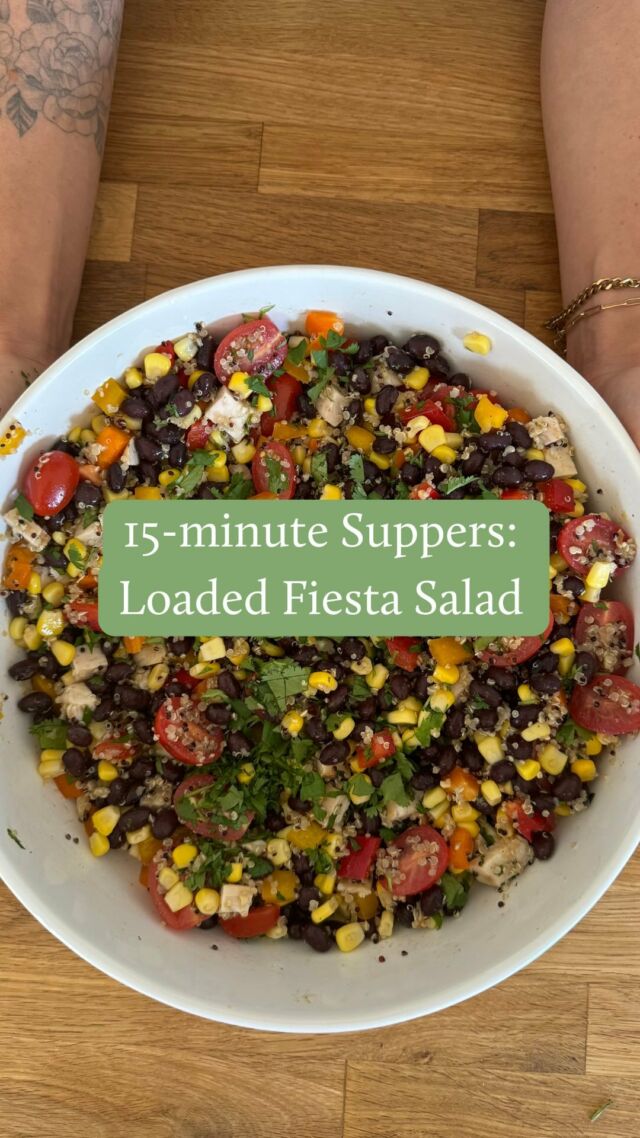

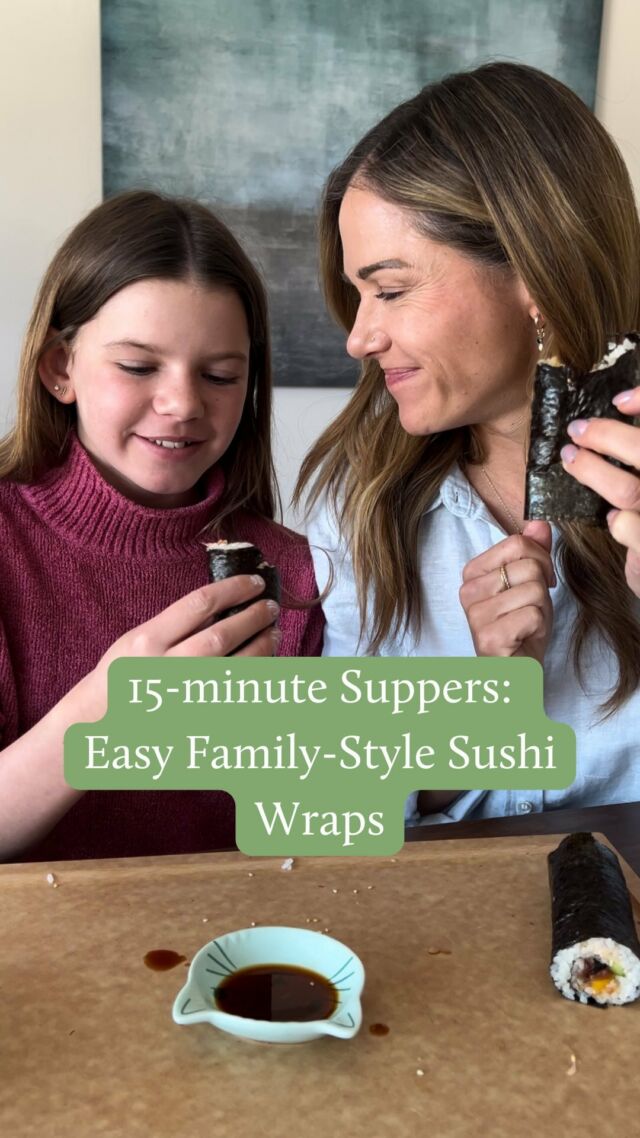
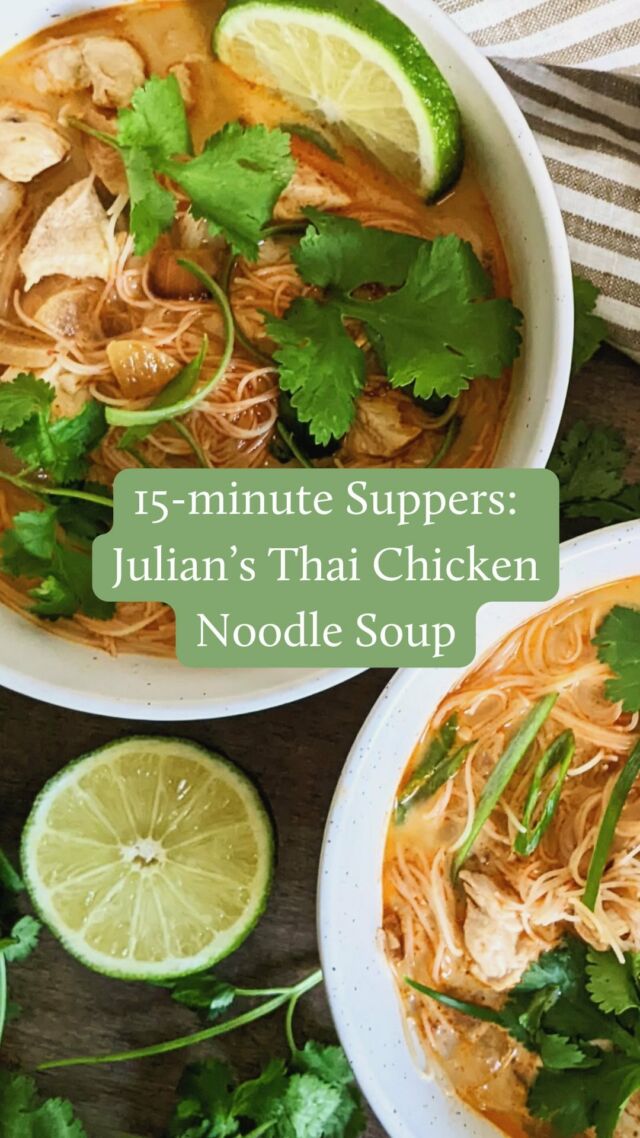
Comments
Holley Grainger says
Wow! So much info! I can’t wait to share!!
sarahrem says
Thanks Holley!
Kara @ Byte Sized Nutrition says
This is such great information, Sarah! I especially love the infographic you created… and your model is such a cutie!
sarahrem says
Thank you so much!!
Lindsey Pine says
this is great info for me since I don’t work with kids and I don’t have any kids of my own. But, folks do ask me questions about stuff like this! thanks for the post!
sarahrem says
My pleasure! Glad it’s helpful!
Stacey Mattinson says
This is awesome! Super comprehensive and informative. Thanks Sarah!
sarahrem says
Thanks Stacey!!
Kelly Jones says
Love the infographic you have on here! Pinning for my clients 🙂
sarahrem says
Perfect! Thank you!!
Whitney @ To Live & Diet in L.A. says
Such an informative article! Passing along to my new mommy friends!
sarahrem says
Thanks Whitney!
Amy Gorin says
Thanks for the info!!
sarahrem says
My pleasure!
Jessica @Nutritioulicious says
What a great post Sarah! Very informative. Love that infographic that sums everything up too!
sarahrem says
Thank you so much Jessica!
EA The Spicy RD says
Great tips! My *babies* are 14 and 15 now, so this seems like such a long time ago 🙂 I can tell you that they both loved avocado as one of their first foods, and still love it today!!
sarahrem says
Love it!!
Emily | EmPowered Nutrition says
This is so helpful! I love the infographic!
sarahrem says
Thanks Emily!